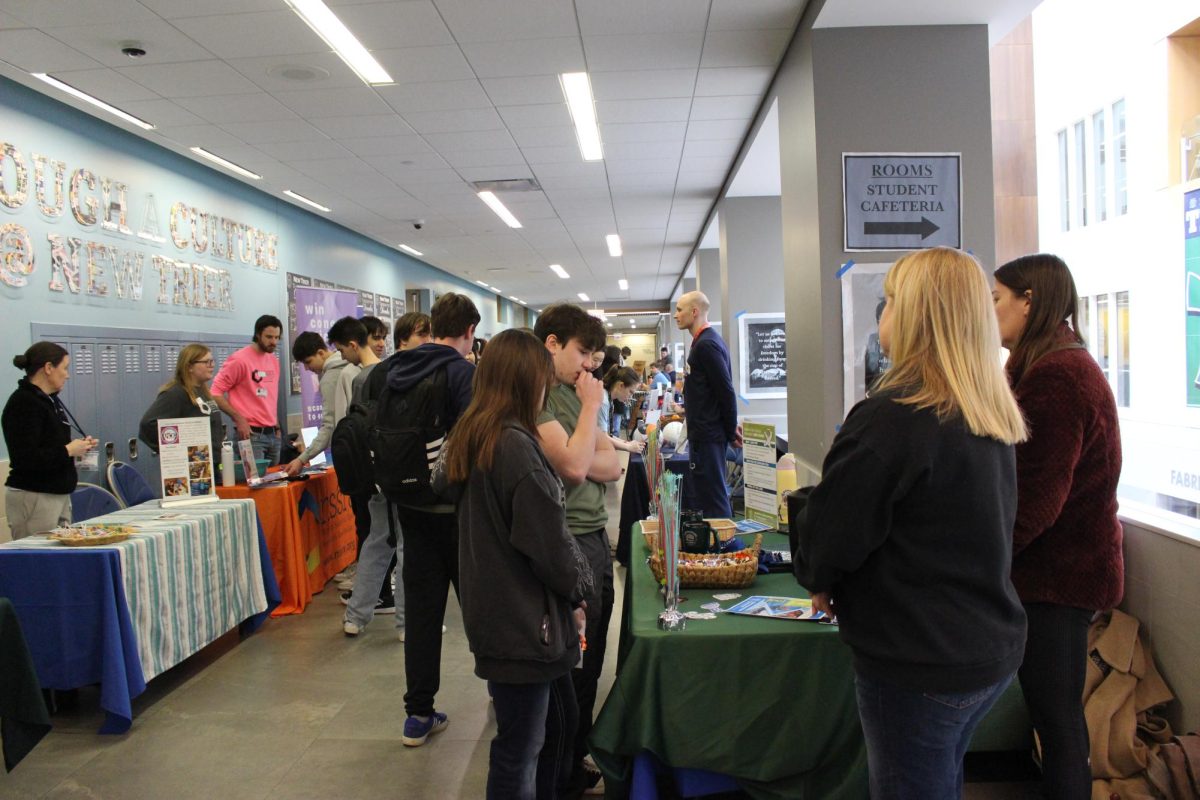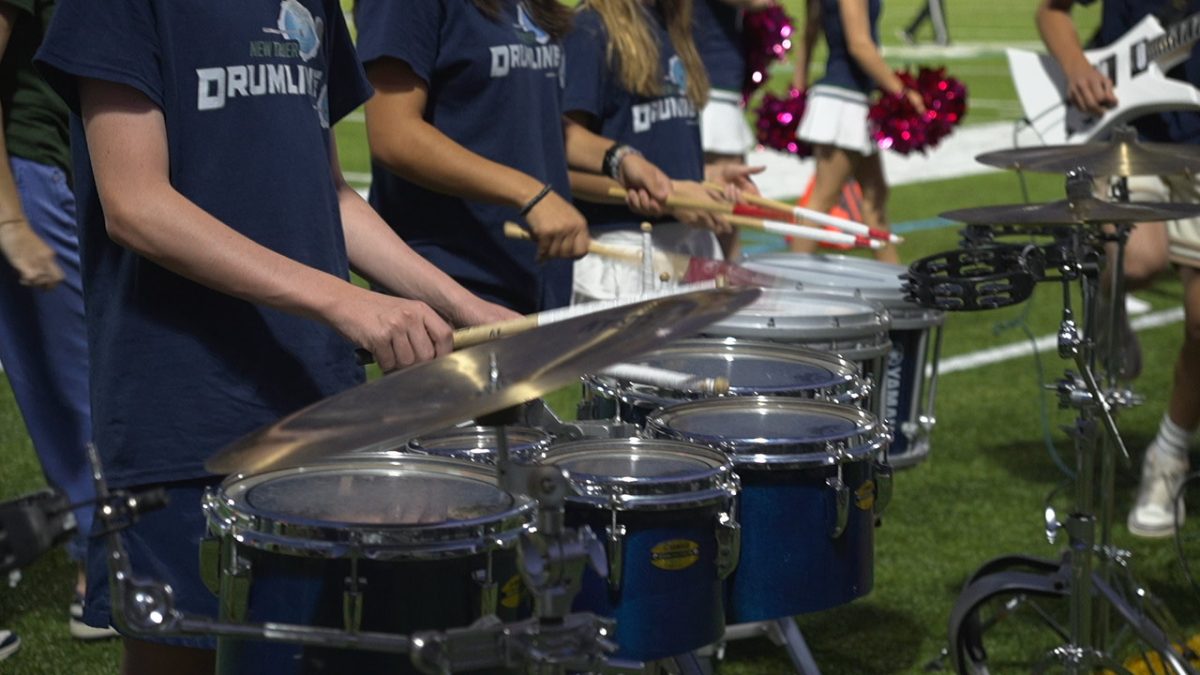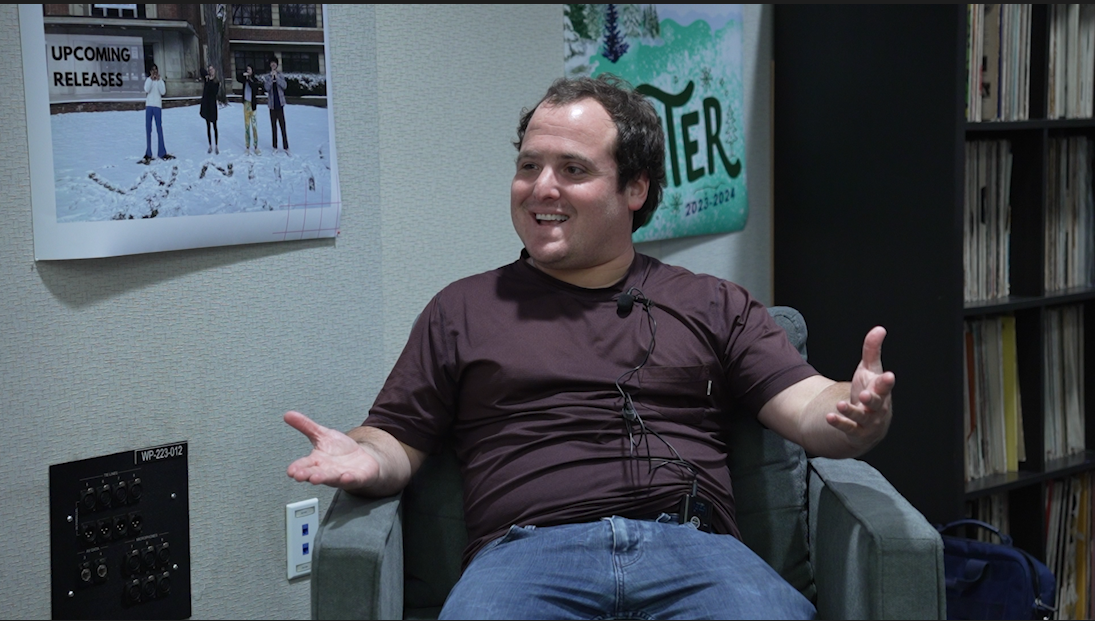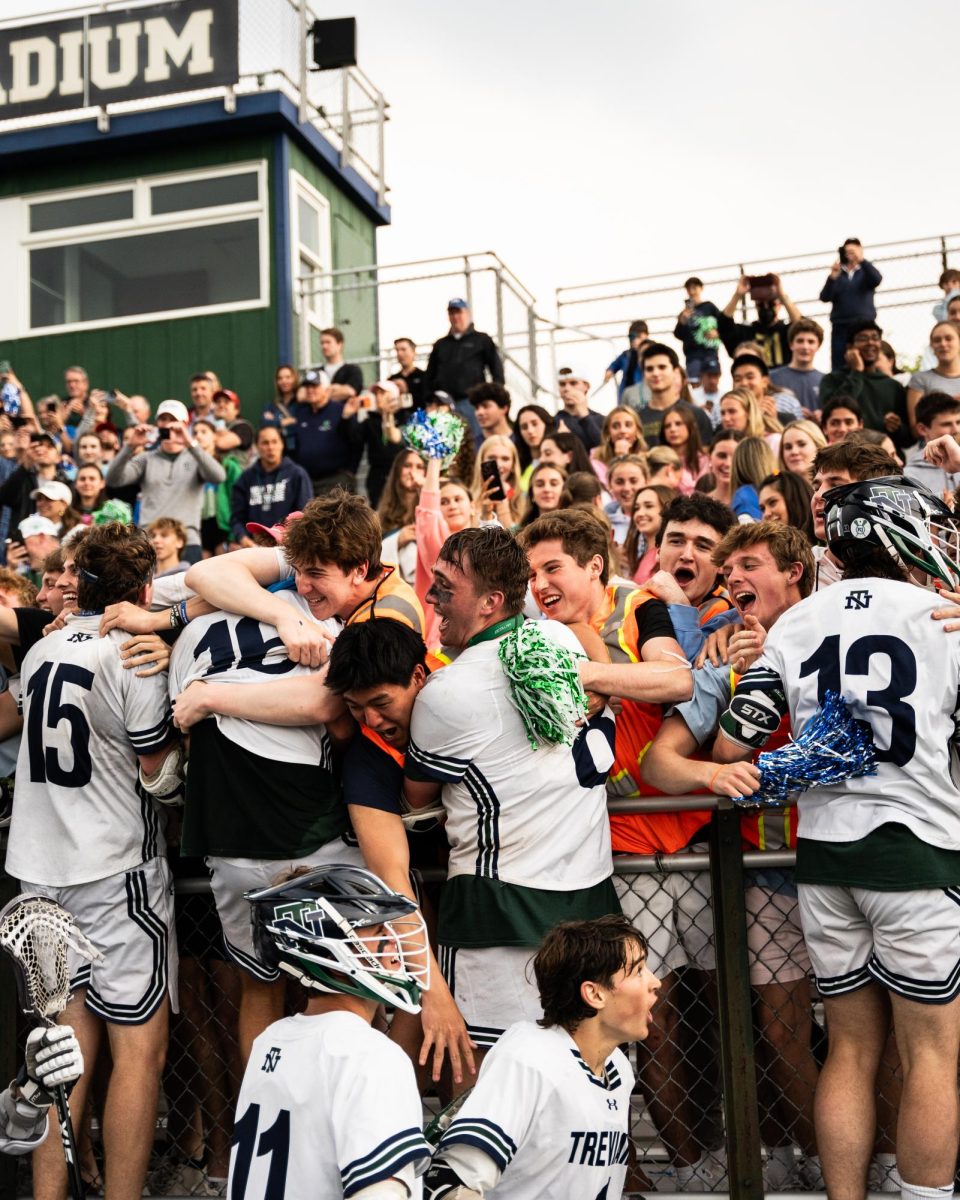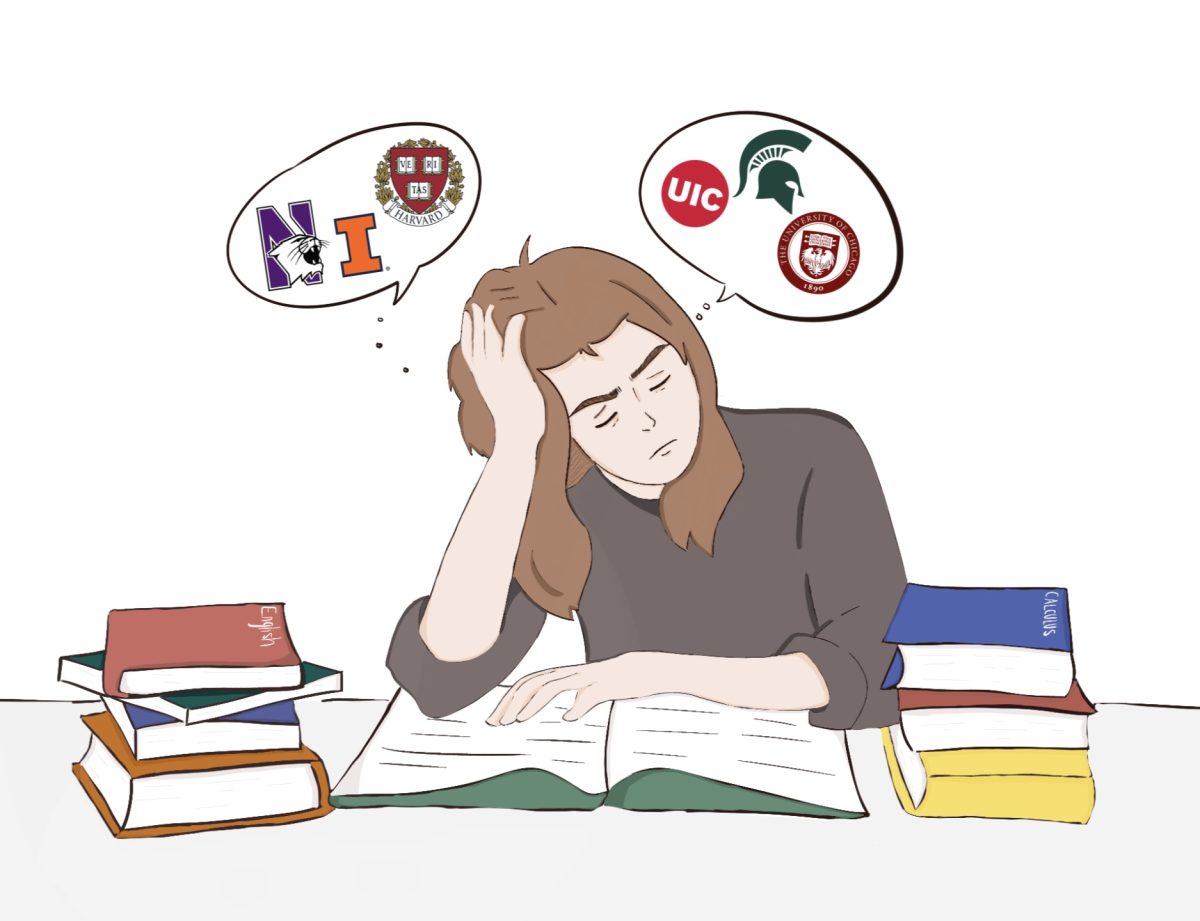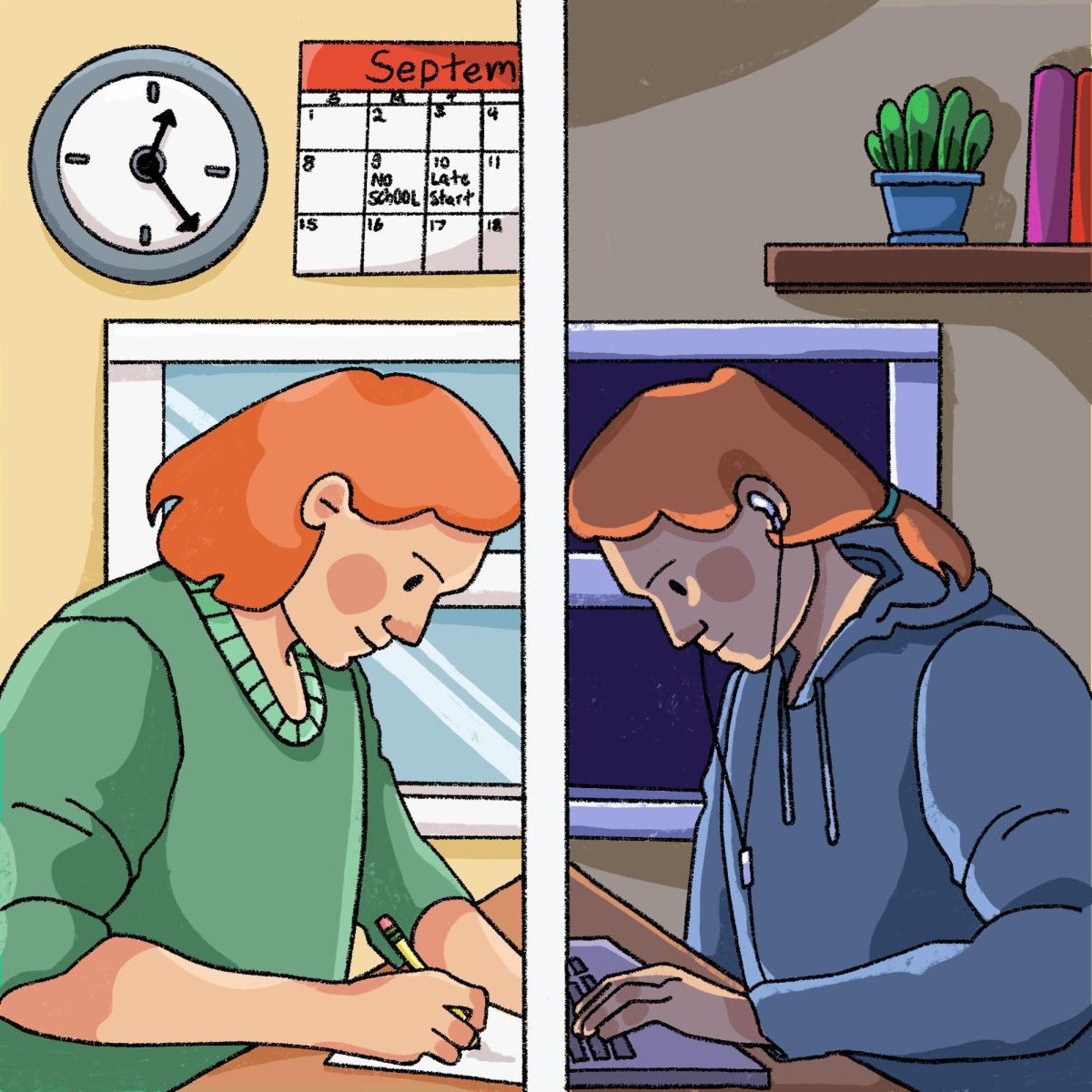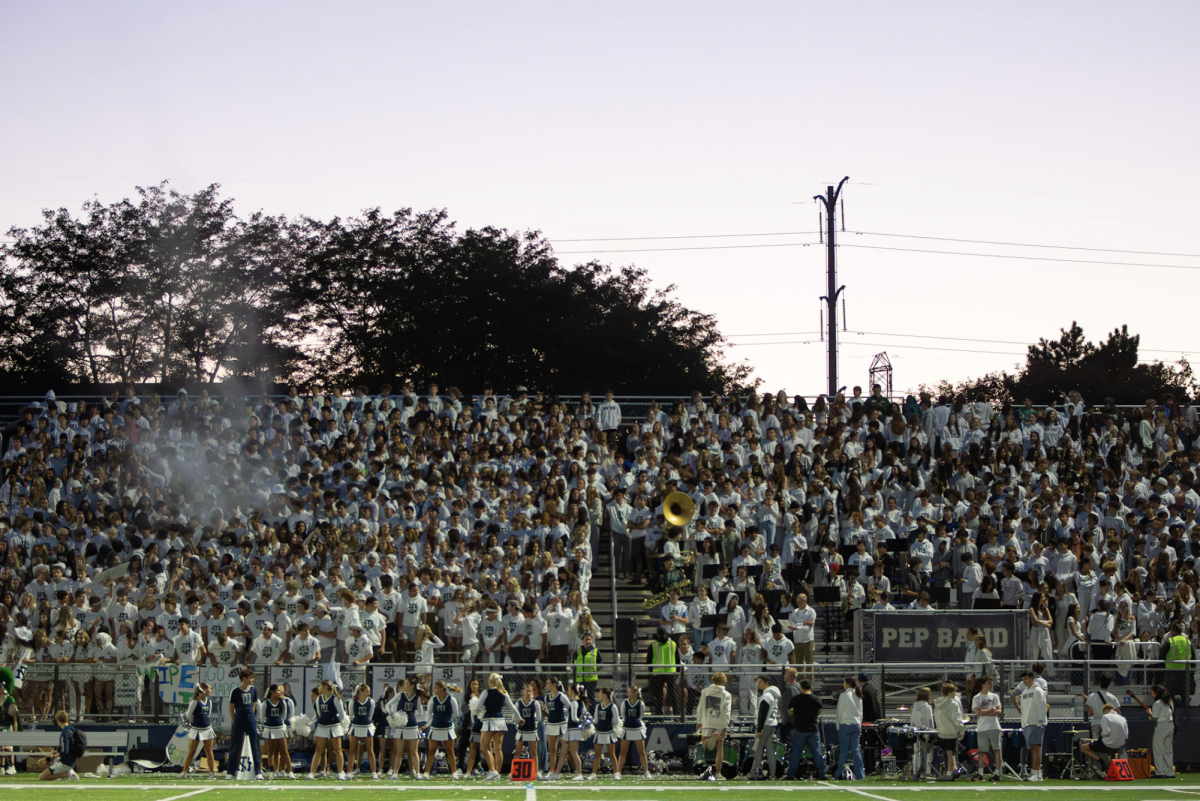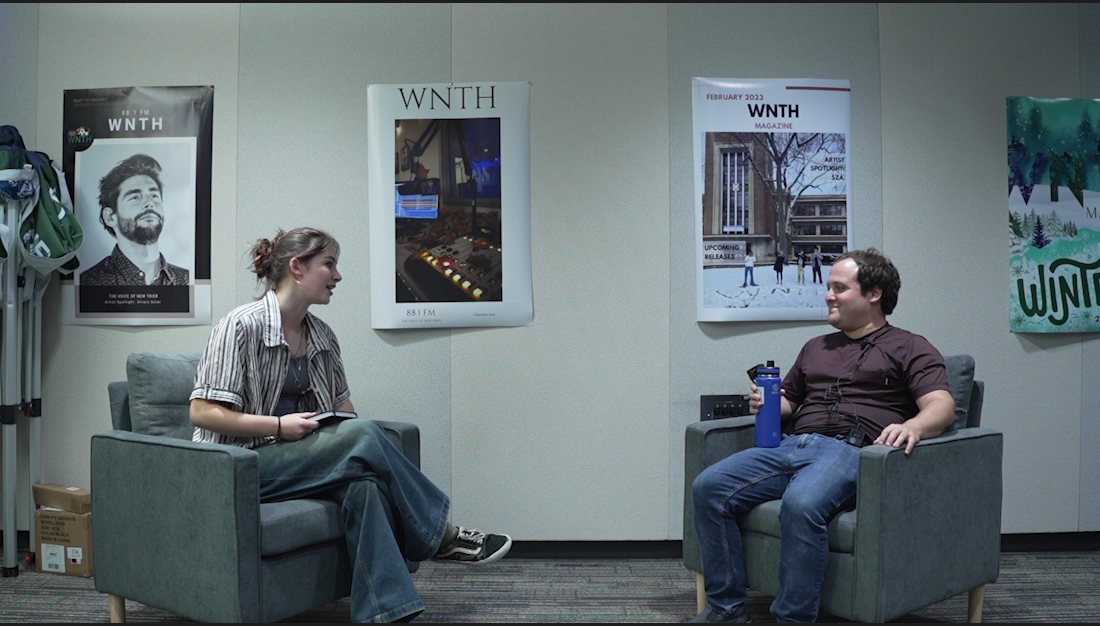Q3 slump: fact or fiction
Lack of sun and tougher curriculum lead to lower student morale
With finals over, students are left to plunge into a whole new quarter, coming face to face with the dreaded third quarter slump.
For many, this slump seems inevitable, but there must be some reason why this dark time of year always seems to take place.
Both teachers and students seem to be in agreement about the answer, even outside the doors of New Trier.
Students and teachers alike believe that the cold, gloomy weather of the January and February months contributes to the decline in performance and morale during the third quarter.
“With bad weather or not seeing the sun as often, I think sometimes that results in a little bit of a decrease in morale for students,” said Latin teacher Robert Cummings.
Sophomore McKayla Lyons agreed with Cummings.
“I think the weather and not being able to get outside or get some fresh air to take a break from school work really affects me personally,” said Lyons.
While students acknowledged the mental aspect plays a definite role in the slump, they equally attributed a good deal of responsibility to a more challenging curriculum.
“There definitely is a mental aspect as far as a lack of motivation, but I also think the quarter is condensed. Having few days off could mean the units are taught in a shorter time,” said Lyons.
Though the third quarter slump is consistent here in the Midwest, if students look outside of those regional boundaries, they would find that the slump is present on a more national scale.
Even all the way at Foothill High School in California, students experience the effects of a third quarter slump despite having sunny and warm weather.
When comparing the two high school experiences with sophomore Lizzie York who attends Foothill, she stated that she, too, is affected by the slump.
“I definitely think the curriculum is harder because it’s towards the middle but also the end [of the school year],” said York. “But also mentally because you’re already tired from the last [semester] and you’re just halfway through, so you still have a long way to go.”
Inevitably, the question arises of whether this is truly an issue that affects a student’s performance at school.
New Trier Science Department Chair, Jason English, taught in District 214 prior to coming to NT and saw a noticeable shift in the students’ class performance during the third quarter.
“At my last school, we would track the percentage of As, Bs, Cs, Ds, and Fs every week for the whole school,” said English. “The last three years I went back to, you could see the slump in the grades. They might have gone from A to B, or B to C, but they went down.”
If there were a way to combat these effects of the third quarter slump, time at school would go by much more smoothly and with greater success. But while there don’t seem to be any definite solutions, there are things that could be done in hopes of making the third quarter pass with more ease.
“I think it would help if students paid extra attention to getting the sleep they need and also getting the exercise they need because those little things can make a big difference,” said English.




